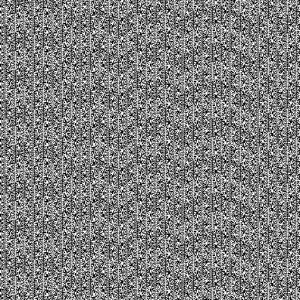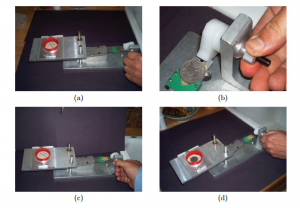Have you ever wondered what causes leaves to change color?
Deciduous trees shed their leaves during winter to avoid any potential damage from ice crystals forming within their leaves. However, it would be wasteful if all the nutrients within the leaves just went to waste. Therefore, each year, deciduous trees recycle their leaves before shedding to recover some of the nutrients by taking apart cells in the leaves and storing the nutrients in their branches.
Before the disassembling starts, trees take apart green chlorophyll molecules, which are responsible for photosynthesis. Since photosynthesis stops at this time, the unused energy absorbed from the sun would react with oxygen and damage the leaves before the tree could retrieve nutrients from them. To keep the destruction at a minimum, trees break down their chlorophyll molecules into less dangerous molecules such as nonfluorescent chlorophyll catabolite which are typically transparent or sometimes yellow. As the green chlorophyll molecules turn into transparent chlorophyll catabolite, other molecules with yellow or orange colouring are no longer overshadowed by green chlorophyll leaving the leaves appearing orange or yellow.
How about those bright red leaves you may ask? Some trees take an extra step in preventing the damage chlorophyll molecules may cause by building new molecules to shield the leaves from sunlight until the breakdown process finishes. These new molecules called anthocyanin tend to be red in colour. Trees that uses this method have their leaves turn bright red during fall.





